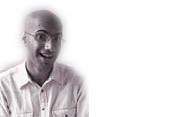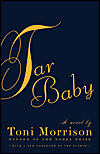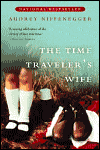Exacti-dudes
Rotterdam-based photographers Ari Versluis & Ellie Uyttenbroek toiled from 1994 to 2002, taking photos of people off the street, and photographing their Exactitudes.
Distinguishing from others by assuming a group identity - and you thought only rebellious teens did that! Though not an entirely unique concept, I think this was certainly noteworthy for its scope and scale."By registering their subjects in an identical framework, with similar poses and a strictly observed dress code, Versluis and Uyttenbroek provide an almost scientific, anthropological record of people's attempts to distinguish themselves from others by assuming a group identity." [Link]
Personally, on the posed vs. unposed continuum, I am a strong fan of unposed photography. I prefer its natural flow, find it closer to reality - unlike the artificial rigidity of conscious poses. In that respect, I find these images to be extremely posed, and hence extremely unreal. Ironical, since the artists' intent is likely to capture the "reality" of a cross-section of sub-cultures for anthropological documentation.
I can imagine doing a similar project within the different subcultures of India: states, religion, races, castes. A snapshot of contemporary India culture across its many cross-sections.
Exactitudes is reminiscent of August Sander's work in the 1920s. [Photos]
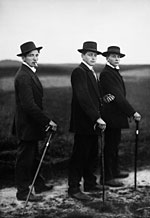
"In an analytical style often associated with the Germanic temperament, August Sander set about to construct a comprehensive study of his fellow citizens by creating photographic portraits of the various social "types" of his time. Sander went on to develop his own classification system, which segregated subjects into seven essential types: the farmer, the skilled tradesman, the woman, classes and professions, the artists, the city and the last people (social misfits and the handicapped)." [Link]Curious - like Versluis and Uyttenbroek, Sander too sought to capture reality through formally posed photographs. Some of his photographs are taken in the citizens' natural surroundings, with less rigidity than V&U, making them less ironic."Coming out of Germany's new objectivity movement (Die Neue Sachlichkeit) that reacted against abstraction in favor of realism, Sander presented a typological difference in portrait studies to what had been previously achieved. Rather than capturing the projected 'idea' of a person as had been idealized in classical painting, Sander sought to capture and categorize a person's 'essential character'." [Link]
"...in the 1930s the Nazis confiscated the publication of Sander's first volume of work called Face of Time (Antlitz der Zeit). Apparently, the people in the photographs did not conform to the Nazi ideal. Since his images deviated dramatically from Aryan propaganda, they were destroyed." [Link]More sins for contemporary Germany to repent.
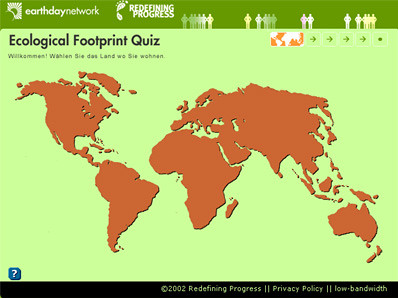

 Ever since I can remember, I have been quite fond of learning. When I was growing up, I was allowed to buy one book a month - no more, no less. I would look forward to my monthly trip to Popular Book Store in Kamla Nagar (Delhi), where I would buy a book on math puzzles, crosswords, magic tricks, or a plain old Enid Blyton (or later, Hardy Boys). It is perhaps during these formative years that I developed a taste for learning by reading from books. At school, the CBSE-regulated, one-size-fits-all course curriculum, lack of vocational facilities and poorly trained teachers further reinforced the need for self-sufficiency.
Ever since I can remember, I have been quite fond of learning. When I was growing up, I was allowed to buy one book a month - no more, no less. I would look forward to my monthly trip to Popular Book Store in Kamla Nagar (Delhi), where I would buy a book on math puzzles, crosswords, magic tricks, or a plain old Enid Blyton (or later, Hardy Boys). It is perhaps during these formative years that I developed a taste for learning by reading from books. At school, the CBSE-regulated, one-size-fits-all course curriculum, lack of vocational facilities and poorly trained teachers further reinforced the need for self-sufficiency.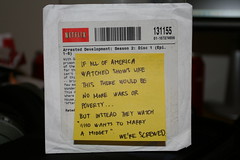 Netflix
Netflix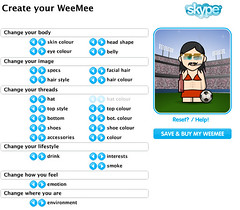 Napster
Napster

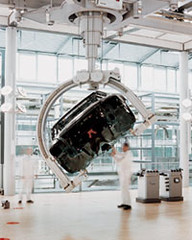


 After the unabashed success and critical acclaim of
After the unabashed success and critical acclaim of  Bush Jr, as we all know, is quite shy about taking questions from an unsycophantic audience. That's why
Bush Jr, as we all know, is quite shy about taking questions from an unsycophantic audience. That's why 